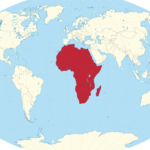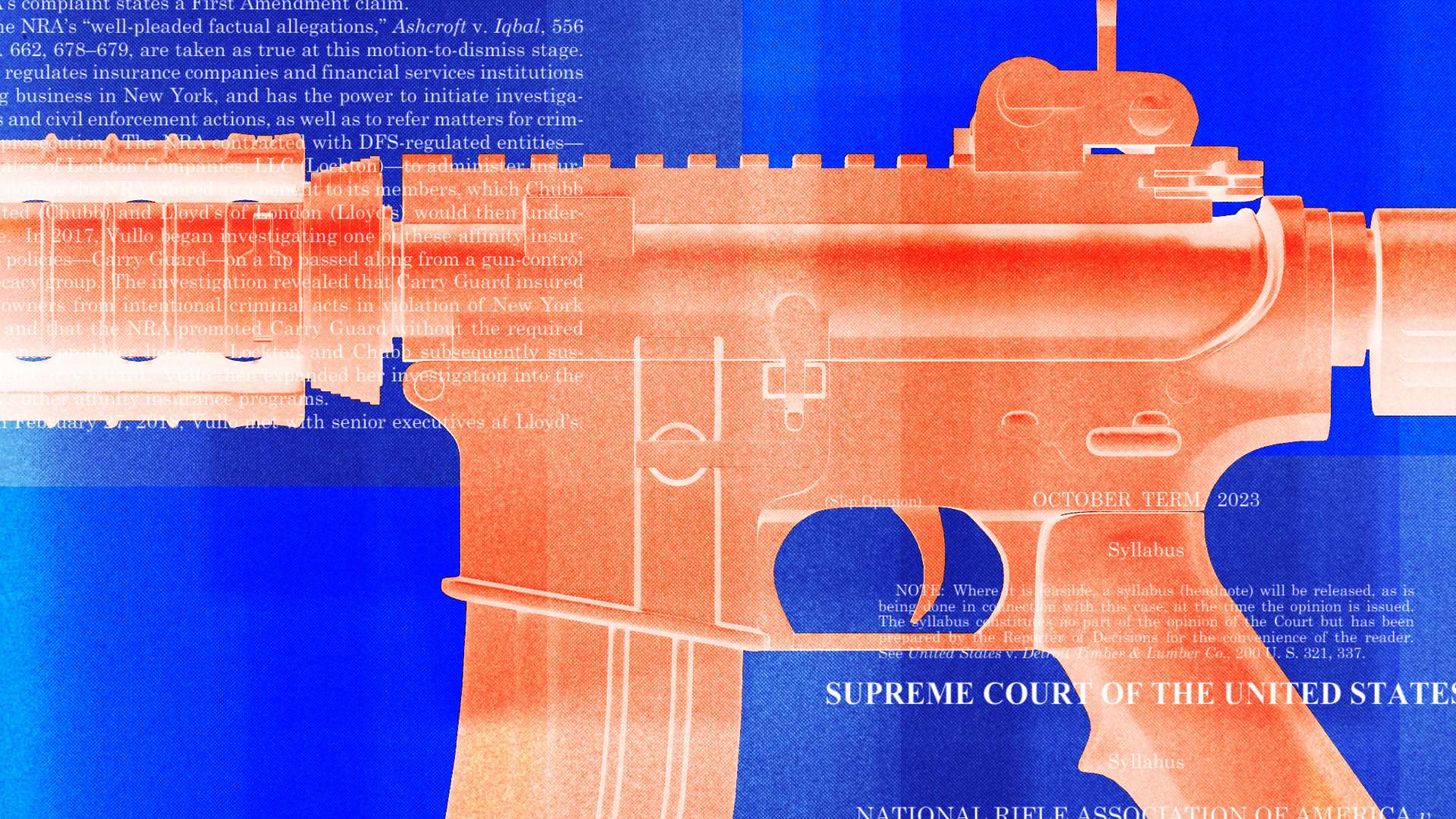Barry Sawchuk is not the only one encountering space junk in his universe.
The Saskatchewan farmer who gained attention recently for discovering a massive piece of space debris in his field now reveals that his neighbors are also experiencing encounters with orbital debris.
“There are other pieces here,” stated Mr. Sawchuk, who resides near Ituna, northeast of Regina.
“There are neighbors who have found them as well. I know of seven pieces currently, and there could be more at any moment.
“Everyone is out in their fields for the first time … we’re planting. There are large pieces. I’m not sure if it’s space junk from harvesting, but we’ve come across it.”
He chose not to disclose the identities of his neighbors, stating that it’s their story to share. However, he mentioned seeing images of their debris, including one shard that appears to be over two meters tall.
Mr. Sawchuk mentioned that he has been in contact with spacecraft manufacturer SpaceX and is in talks to arrange a price for the return of the debris. He also provided the company’s contact details to his neighbors.
“They (SpaceX) are interested—and rightly so—in getting it back,” Mr. Sawchuk expressed.
He emphasized that SpaceX needs to clarify why the debris didn’t disintegrate in the atmosphere as expected and instead landed fully intact on the ground.
It’s worrisome that one piece fell less than half a kilometer from one of the houses on his farm, Mr. Sawchuk noted.
“What if it had landed in a city? From what I can tell, it would have been moving at a speed of 160 to 200 kilometers per hour upon impact.”
SpaceX has not publicly acknowledged ownership of the debris. The Canadian Press reached out for comment to the company, owned by entrepreneur Elon Musk, but received no response.
Mr. Sawchuk, aged 66, operates the farm with his three sons. He recounted that while checking the moisture levels in his fields in late April, he stumbled upon the debris—a charred piece of carbon fiber with aluminum honeycomb attached to what seemed to be a hydraulic cylinder.
He mentioned that the fragment weighs 44 kilograms and is taller than himself. Additionally, a smaller piece weighing about 10 kilograms was also discovered on the farm.
Samantha Lawler, an astronomy associate professor at the University of Regina, expressed no surprise at the increasing discovery of debris.
“The pieces found by Barry Sawchuk are massive, so it’s expected that there would be many smaller pieces scattered around,” Ms. Lawler commented.
“Based on my knowledge of meteorite re-entries, they could be spread out over a wide area.”
Ms. Lawler forwarded photos and details of Mr. Sawchuk’s space fragment to her colleague Jonathan McDowell, an astrophysicist at Harvard who monitors space launches.
Upon analyzing the data, Mr. McDowell concluded that Mr. Sawchuk’s find is likely connected to a SpaceX Dragon spacecraft that returned to Earth in February with four passengers from the International Space Station.
Ms. Lawler stated that the presence of debris is a setback for SpaceX, as remnants have been found in other regions such as the United States and Australia.
“I would expect SpaceX to want the pieces back so they can learn and improve their engineering processes to prevent large pieces of their spacecraft from falling onto the ground,” she added.
Please rewrite this sentence.
Source link








